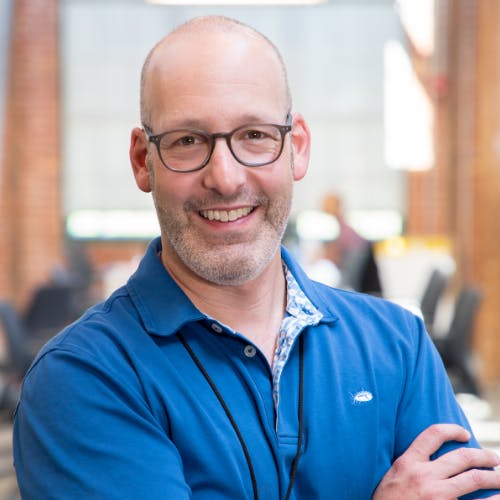

When America’s seniors went to their first doctor’s appointment, they couldn’t have imagined that their health history would be stored anywhere but in a manila folder. Now, nine out of every 10 physicians use electronic health records (EHRs), and patient’s health data lives on cloud servers. Though we’ve certainly come a long way from handwritten notes in filing cabinets, electronic health data still often exist in silos, and that can make caring for our aging population difficult.
Consider that approximately 85 percent of older adults have at least one chronic health condition, and 60 percent have at least two. With multiple conditions come, multiple providers, specialists, and care pathways. That creates a more detailed data footprint with more opportunities to miss the “big picture” of what’s going on with any individual senior patient, just when care coordination is most important.
That is why it is critical that the health IT infrastructure is built in a way that can serve seniors and an increasingly aging population. Specifically, as the US Department of Health and Human Services’ Office of the National Coordinator for Health IT (ONC) develops new goals and metrics for interoperability efforts in the coming decade, it needs to account for these four trends in senior care.
First, more providers are shifting away from fee-for-service care by taking on direct population-level risk and paying for the quality of outcomes, rather than the volume of services. In such models, the goal is always to help seniors avoid hospitalization, and better, more integrated data will empower providers to intervene at the right time with the right preventive care to keep seniors healthy.
With this shift to value in senior care has come a rise in “payvidors,” services that combine the capabilities of both a payor for and provider of care. By having those with the largest stake in a patient’s health also be the ones delivering the care, payvidors enable the delivery of high-touch services necessary to treat populations with complex needs. By supporting better data integration, ONC can make it easier for these models to grow, and in the process support the shift to value-based care.
Second, seniors have more choices than ever before when it comes to their health care coverage with the rise in popularity of Medicare Advantage (MA) plans. MA plan enrollment has doubled over the past decade, in large part due to low out-of-pocket costs for seniors and additional supplemental benefits that come with such plans.
By working to increase interoperability, ONC can promote seniors’ continued access to competitive choices for their healthcare. For many seniors, the idea of changing health plans is overwhelming and there is a legitimate fear that important pieces of their lengthy medical histories will get lost during the transitional process. For seniors, removing this barrier to plan-switching helps make their care truly portable, and provides the freedom and flexibility to find a plan that works for them, rather than feeling trapped on a data island.
And, on the payor side, it can be frustrating to try and onboard new members when knowing little to nothing about their individual medical journey until well after they’ve joined. Improving data sharing at the moment of health plan transition would prevent knowledge gaps for the payor, which would empower them to deliver more targeted, coordinated care for each member from day one.
Third, the explosion of telehealth, remote patient monitoring, and digital health tools sparked by the pandemic unleashed an entirely new world of valuable health data as seniors, who were especially vulnerable to COVID, seeking new ways to stay healthy at home. Telehealth utilization remains about 38 times higher than pre-pandemic levels. Looking to the future, ONC needs to consider how we can harness information collected from these innovative tools—everything from heart rate to sleep patterns—in a way that is actionable for providers and leads to better care management plans for senior patients.
And lastly, ONC needs to strictly enforce information blocking and payor-to-payor data transfer provisions as the Cures Act Final Rule is implemented.
Often, senior patients’ care teams involve family members who help track medication lists, appointments, diagnoses, and referrals. ONC’s final rule prohibiting information blocking—any practice preventing easy patient data access or transfer—will empower seniors to collect and share critical health information with their caretakers and trusted loved ones.
Easing the transition of data between payors can support additional healthcare freedom and choice for seniors by reducing the concern that they will lose key pieces of their health history if they leave their current plan. ONC should make it a top priority to develop a national framework to guide this type of data transfer and must enforce data-sharing between payors.
Though we’ve made progress on interoperability over the past decade, now is the moment to focus on how a unified data infrastructure can support better patient outcomes, especially those of seniors.
About Jeremy Delinsky
Jeremy Delinsky, the Chief Operating Officer of Devoted Health, was formerly the Chief Technology Officer at athenahealth, an electronic health record company. He also previously served as a member of the Health IT Standards Committee, and was the founding Board Chair of the CommonWell Health Alliance.
